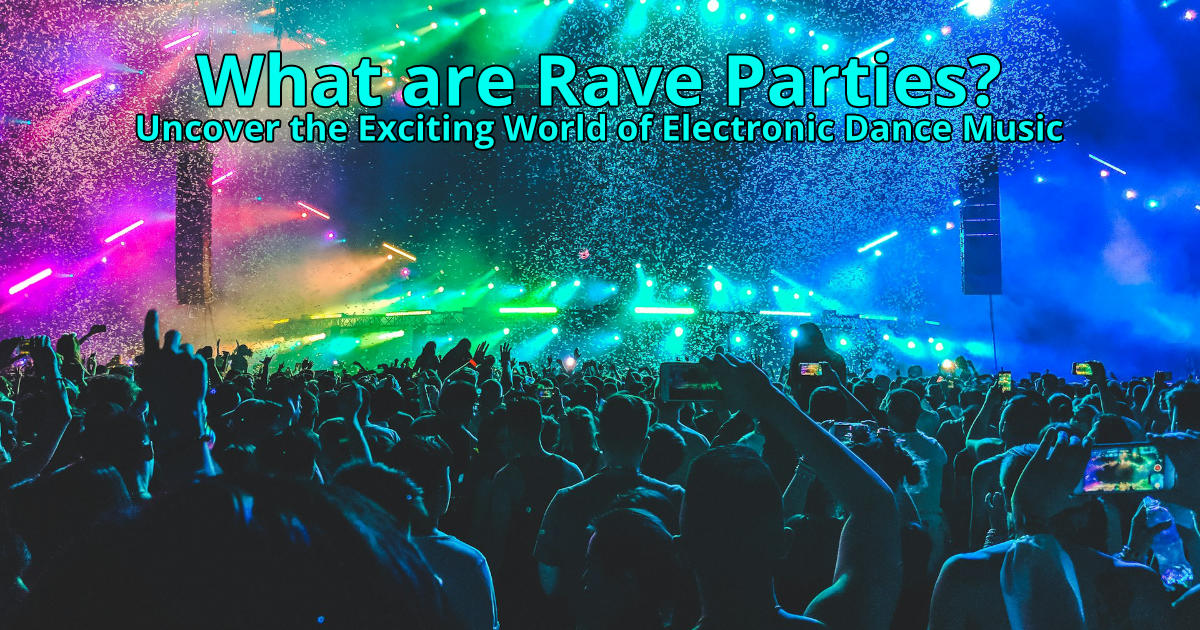Estimated reading time: 0 minutes
Hey there! Ever been curious about rave parties? You know, those epic gatherings where the bass pulsates through the air like electricity and the night comes alive with a kaleidoscope of lights. Well, you’re in the right spot because I’m about to take you on a whirlwind tour into the heart of the rave scene. If you’ve never been to one, buckle up; you’re about to discover a world where electronic dance music (EDM) reigns supreme and the energy never fades.
So, what’s the big deal with rave parties anyway? Picture this: a massive crowd of people all vibing to the same rhythm, DJs spinning tracks that transport you to another dimension, and an atmosphere that’s simply out of this world. It’s not just a party; it’s a full-on experience. And the music! It’s the heartbeat of the whole shindig, with electronic beats that can range from head-spinning breakbeats to the smooth flow of progressive house.
But rave parties are more than just a wild night out. They’re a cultural phenomenon, a unique blend of sound, sight, and sensation that’s been captivating hearts and moving feet for decades. So, let’s dive in and explore the electric world of rave parties and the pulsating beats of electronic dance music.
Table of contents
- The History of Rave Culture
- What are Rave Parties? The Rave Experience
- Electronic Music Genres: From Happy Hardcore to Progressive House
- The Role of Loud Music in Rave Parties
- Understanding the Rave Scene: Sense of Community and Rave Events
- Rave Venues: From San Francisco to Helter Skelter
- Rave Threads: What to Wear for the Ultimate Dance Experience
- The Dark Side of Rave Parties: Illegal Drugs and Club Drug Use
- The Response of Law Enforcement Agencies to Rave Culture
- The Evolution of Rave Parties: From Illegal Raves to Underground Parties
- The Impact of Beats Per Minute on the Electronic Dance Music Scene
- Conclusion: The Future of Rave Parties and Electronic Dance Music
- FAQ
The History of Rave Culture
Rave culture didn’t just pop up overnight. It’s got a history that’s as rich and vibrant as the music itself. It all started back in the late 1980s, in the underground scenes of Chicago and Detroit, where trailblazing DJs began experimenting with new electronic sounds. These beats were fresh, exciting, and like nothing anyone had heard before. It wasn’t long before this new sound made its way across the pond to the UK, where it really exploded.
In the UK, raves became synonymous with massive, all-night dance parties. They were held in secret locations, often in abandoned warehouses or open fields, with the location disclosed only hours before the event. It was a rebellious counter-culture movement, a way to break free from the conventions of mainstream society and just let loose.
As the rave scene grew, it evolved into something bigger than anyone could have predicted. It became a global phenomenon, spreading to every corner of the world. Each place it touched was infused with its own local flavor, creating a rich tapestry of sound and style that continues to influence music today.
What are Rave Parties? The Rave Experience
So, what are rave parties really like? Imagine stepping into an environment where everyone is there for the same reason: to dance, to feel the music, and to be part of something that transcends the ordinary. It’s an immersive experience where the DJ is your guide, leading you on a sonic adventure that can last until the break of dawn.
At a rave, the rules of the outside world don’t apply. You’re free to be yourself, to express your style, and to connect with others who share your passion for the beats. The energy is infectious, with each track building on the last, pushing the crowd into a collective state of euphoria.
And let’s not forget the visual aspect. Rave parties are a feast for the senses, complete with mind-bending light shows, art installations, and sometimes even performance artists. It’s a multisensory experience designed to complement the music and enhance the overall vibe. The rave experience is truly like no other, and once you’ve been bitten by the bug, there’s no turning back.
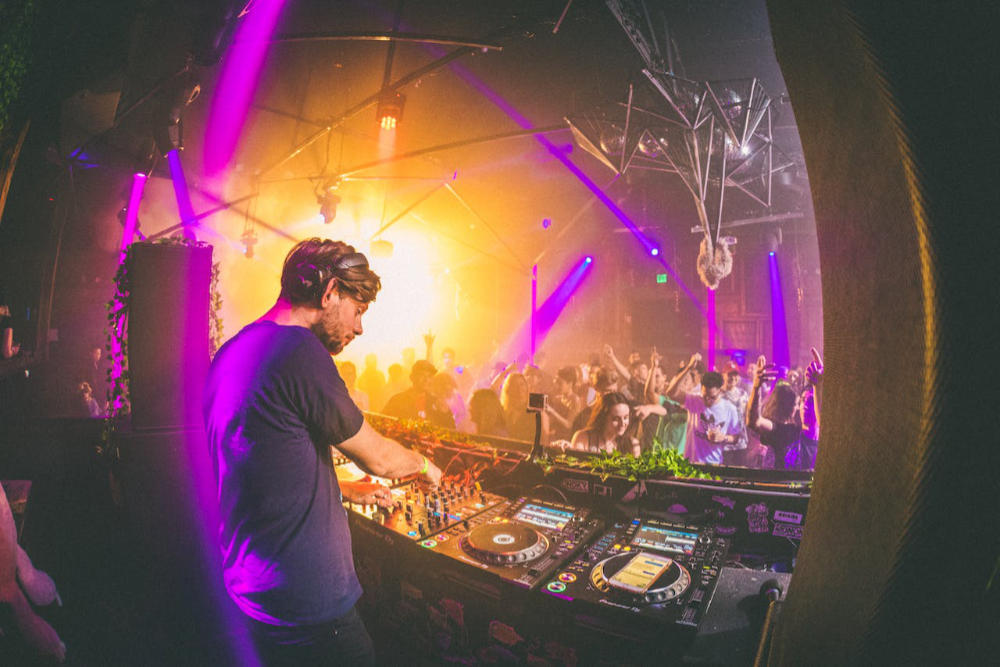
Electronic Music Genres: From Happy Hardcore to Progressive House
One of the coolest things about rave parties is the sheer variety of electronic music genres you’ll encounter. It’s a smorgasbord of sound, each genre bringing its own flavor to the party. For instance, happy hardcore, with its fast tempos and upbeat melodies, can send a surge of energy through the crowd like a bolt of lightning.
On the other end of the spectrum, there’s progressive house—a genre known for its hypnotic rhythms and deep, evolving grooves. It’s more laid-back than happy hardcore but still packs enough punch to keep the dance floor moving. And that’s just scratching the surface! You’ve got your trance, techno, drum and bass, and so much more.
Each genre has its own dedicated fan base, but the beauty of a rave party is how these sounds intermingle, creating a tapestry of audio ecstasy. The diversity of electronic music genres is a testament to the creativity and innovation of DJs and producers who are constantly pushing the boundaries of what’s possible.
| Genre | Description |
|---|---|
| Happy Hardcore | A fast-paced genre characterized by energetic beats, uplifting melodies, and pitched-up vocals. |
| Trance | Known for its hypnotic melodies, pulsating beats, and atmospheric soundscapes that create a euphoric vibe. |
| Techno | Features repetitive beats, minimalist arrangements, and a focus on rhythm and percussion. |
| Drum and Bass | Combines fast breakbeats with deep basslines, often incorporating elements of jungle, reggae, and hip-hop. |
| Dubstep | Defined by its heavy basslines, syncopated rhythms, and intense sound design, often featuring “wobble” bass. |
| House | Originating from Chicago, house music typically includes four-on-the-floor beats, soulful vocals, and disco influences. |
| Progressive House | A subgenre of house music characterized by a focus on melody, intricate arrangements, and gradual build-ups and breakdowns. |
Differences between the Electronic Music Genres
Would you like to find out more about the different genres and their differences? Then don’t miss my articles in which I compare genres with each other:
- EDM vs Techno – The difference between EDM and Techno
- House vs EDM: Understanding the Intricacies and Evolution of Two Dominant Subgenres of Electronic Music
- House vs Trance – Decoding the Differences Between House and Trance
- House vs Techno: Unraveling the Differences Between House and Techno Music
Behind the Beats: Crafting Electronic Music Genres
Alright, let’s dive into the world of producing electronic music genres! Whether you’re a seasoned producer or just starting out, there’s something truly magical about creating your own beats and melodies that get people moving on the dance floor. So, buckle up and get ready to unleash your creativity!
When it comes to producing electronic music, the possibilities are endless. From the high-energy vibes of happy hardcore to the hypnotic rhythms of progressive house, each genre offers its own unique challenges and rewards. And let’s not forget about hardstyle—the genre that’s all about hard-hitting kicks, intense melodies, and raw energy that’ll make your speakers quake.
So, how do you get started? Well, first things first, you’ll need the right tools for the job. Whether you prefer working with hardware synths, digital audio workstations (DAWs), or a combination of both, having the right gear can make all the difference in bringing your musical ideas to life.
But equipment aside, producing electronic music is all about experimentation and creativity. It’s about finding your own sound, pushing the boundaries of what’s possible, and never being afraid to try something new. Whether you’re layering synths, tweaking drum patterns, or fine-tuning your mixdown, the key is to trust your instincts and let your passion guide you.
Exploring Hardstyle: The Power of Raw Energy
And hey, if you’re curious to learn more about hardstyle music and how to produce it, be sure to check out my article on what is hardstyle music for an in-depth look at this electrifying genre. And if you’re ready to take your hardstyle productions to the next level, don’t forget to explore our hardstyle sample packs category for all the tools and sounds you need to create tracks that’ll leave a lasting impression.
So, whether you’re crafting euphoric melodies, pounding kick drums, or spine-tingling basslines, just remember to trust your instincts, stay true to your vision, and above all, have fun. After all, that’s what electronic music is all about—expressing yourself, connecting with others, and creating moments that last a lifetime.
Tip: Explore more about hardstyle with my articles about Hardstyle DJs and Hardstyle Festivals.
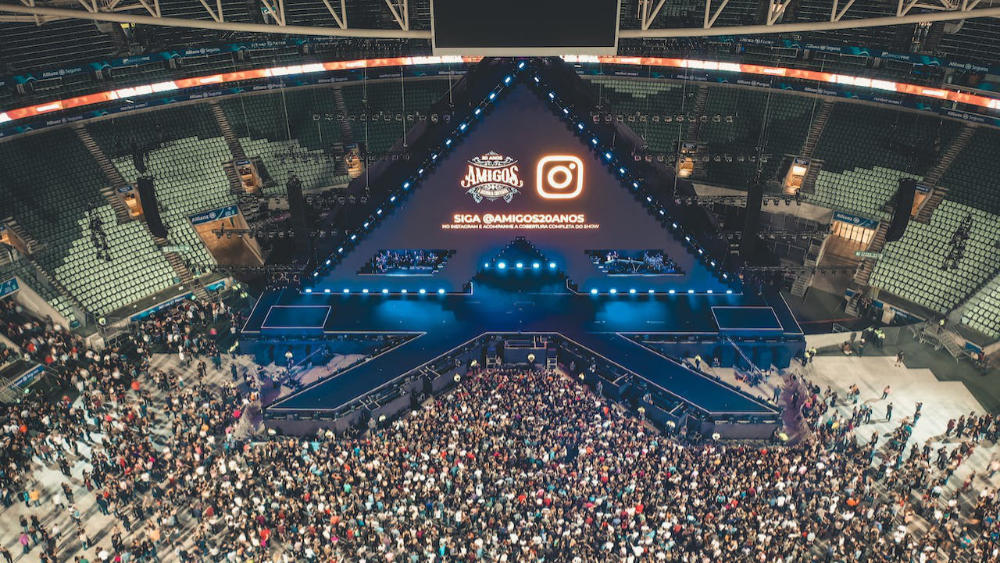
The Role of Loud Music in Rave Parties
Now, let’s talk about one of the most critical elements of a rave party—the loud music. It’s not just about cranking up the volume; it’s about creating an all-encompassing atmosphere that envelops you from head to toe. The bass needs to be so powerful it resonates in your chest, and the treble so crisp you can almost see the notes dancing in the air.
The loud music at a rave isn’t just for show; it’s a crucial part of the experience. It helps to create that sense of unity among the crowd, where the outside world fades away, and all that’s left is the rhythm of the beat. It’s a physical experience as much as it is an auditory one.
But the loud music isn’t there to simply overwhelm your senses. It’s carefully curated by the DJ to take you on a journey, with peaks and valleys that mirror the emotional rollercoaster of the night. It’s an art form, and when done right, it can elevate a rave party from good to legendary.
Understanding the Rave Scene: Sense of Community and Rave Events
The rave scene is about so much more than just music and dancing—it’s about community. It’s a place where people from all walks of life can come together and share a common bond. The sense of community at a rave is palpable; it’s a space where everyone is accepted, and the positive vibes are contagious.
Rave events are often organized around this principle of community. They’re not just parties; they’re gatherings that foster connection and creativity. You’ll find workshops, art displays, and chill-out zones where you can take a break from the dance floor and just enjoy the company of fellow ravers.
This community spirit extends beyond the events themselves. Many ravers form lifelong friendships, united by their shared love of the music and the memories they’ve created together. It’s a culture that values togetherness, respect, and the power of music to bring people closer.
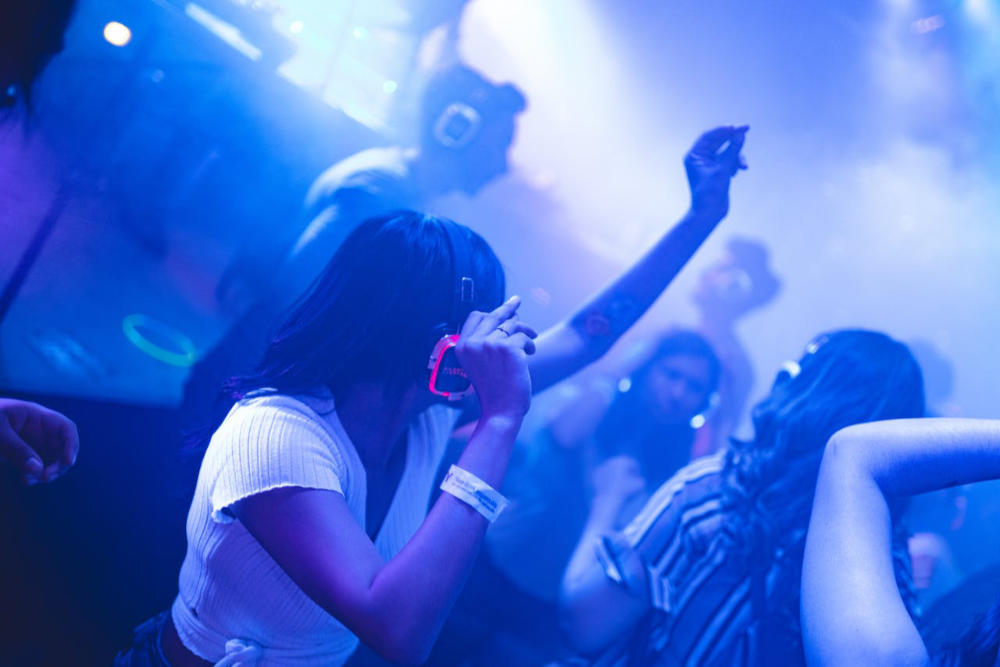
Rave Venues: From San Francisco to Helter Skelter
Rave venues can be as diverse as the music they host. In cities like San Francisco, you might find raves in cutting-edge clubs equipped with the latest in sound and lighting technology. These venues become temples of sound, where every night is a new opportunity to experience electronic music at its finest.
But raves aren’t confined to the club scene. In the UK, events like Helter Skelter carved out a reputation for themselves by turning unconventional spaces into legendary rave spots. These could be anything from abandoned warehouses to open fields, each venue offering a unique backdrop for the night’s festivities.
The choice of venue plays a significant role in the vibe of a rave. Some ravers prefer the underground feel of a warehouse party, while others love the high-energy atmosphere of a club. No matter the setting, the goal is the same: to create an environment where the music can truly shine.
| Venue Type | Description | Examples |
|---|---|---|
| Nightclubs | Established venues with dedicated dance floors, bars, and professional sound and lighting systems, often hosting regular electronic music events. | Temple Nightclub, The Great Northern |
| Warehouses | Abandoned or repurposed industrial spaces transformed into temporary rave venues, known for their gritty atmosphere and underground vibe. | The Midway, 1015 Folsom |
| Outdoor Spaces | Open-air locations such as fields, forests, or beaches used for large-scale outdoor raves, providing ample space for stages, camping, and art installations. | Electric Daisy Carnival (EDC), Burning Man |
| Underground Locations | Secret or undisclosed venues known only to a select group of attendees, often chosen for their secrecy and intimacy, contributing to a sense of exclusivity. | Guerrilla Soul, Secret Garden Rave |
| Unconventional Spaces | Non-traditional locations like abandoned buildings, underground tunnels, or even boats repurposed for one-of-a-kind rave experiences. | Helter Skelter, Shipwrecked |
Rave Threads: What to Wear for the Ultimate Dance Experience
Ah, let’s talk rave clothing! It’s not just about what you wear; it’s about making a statement, expressing yourself, and embracing the rave culture to the fullest. So, what’s the deal with rave fashion, you ask? Well, let me break it down for you.
First things first, when it comes to rave attire, comfort is key. You’re going to be dancing your heart out all night, so you want to wear something that not only looks cool but also feels good. Think breathable fabrics, stretchy materials, and sneakers that can handle some serious moves.
Now, let’s talk style. Rave fashion is all about embracing your individuality and letting your personality shine through. Whether you’re into bright colors, funky prints, or futuristic designs, there’s no wrong way to dress for a rave. It’s a chance to let your creativity run wild and wear whatever makes you feel like the ultimate party animal.
And hey, if you’re looking for some inspiration or need to upgrade your rave wardrobe, I’ve got you covered. Check out my article on what do DJs wear for some insider tips and tricks from the pros. And if you’re vibing with the techno scene, be sure to explore our techno clothing category for all the gear you need to dance the night away in style.
So, whether you’re rocking a neon bodysuit, a funky pair of leggings, or a classic rave tee, just remember to wear what makes you feel confident, comfortable, and ready to rave. See you on the dance floor!
The Dark Side of Rave Parties: Illegal Drugs and Club Drug Use
As much as I love raves, it’s important to address the darker aspects that have cast a shadow over the scene. Illegal drugs and club drug use have been long-standing issues within rave culture. The accessibility and sometimes the pressure to partake in substances can lead to dangerous situations.
While many ravers choose to enjoy the music and atmosphere sober, the reality is that drug use does occur. It’s crucial to be aware of the risks and to stay safe. The use of illegal drugs can have serious consequences, both legally and health-wise.
The rave community has made efforts to combat this issue, promoting harm reduction and providing resources to ensure the safety of partygoers. However, it remains a complex challenge that requires ongoing attention and action from everyone involved in the scene.
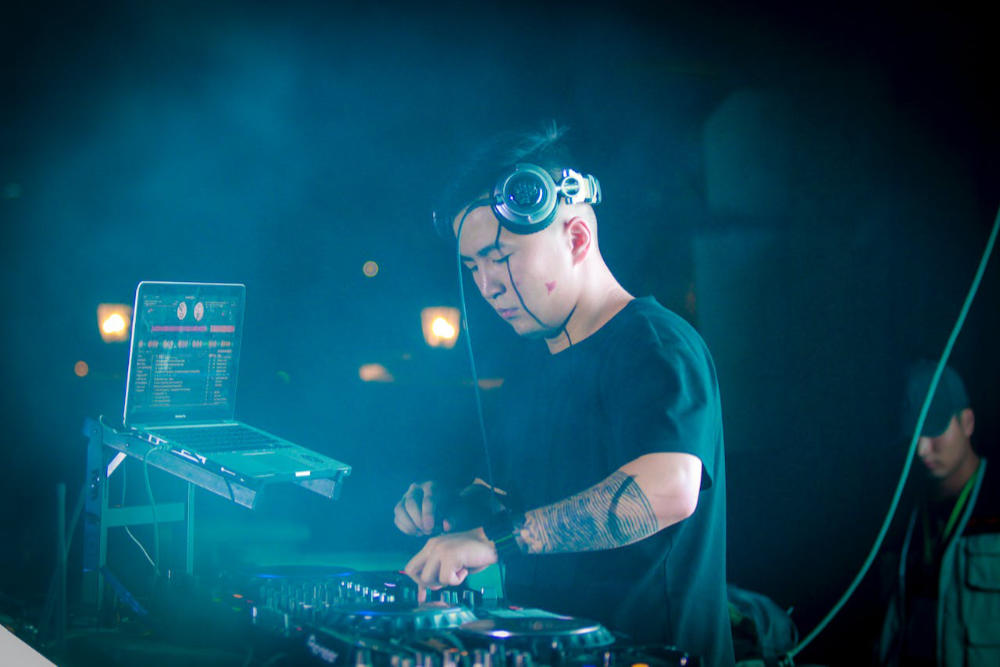
The Response of Law Enforcement Agencies to Rave Culture
Given the association with illegal drug use, it’s no surprise that law enforcement agencies have taken a keen interest in rave culture. In the past, raves were often targeted by police, leading to crackdowns and the closure of venues. This has led to a bit of a cat-and-mouse game between ravers and the authorities.
The approach of law enforcement varies by region and has evolved over time. Some agencies have worked to understand and engage with the rave community, recognizing that not all events are hotbeds for illegal activity. Others maintain a zero-tolerance policy, which can make it difficult for legitimate, safe events to take place.
It’s a delicate balance, but cooperation and communication between the rave community and law enforcement can lead to a safer environment for everyone. By working together, it’s possible to preserve the spirit of rave culture while ensuring that the events are conducted responsibly.
The Evolution of Rave Parties: From Illegal Raves to Underground Parties
The rave scene has come a long way since its inception. What started as illegal raves in abandoned warehouses has evolved into a diverse spectrum of events, from mainstream festivals to intimate underground parties. Each has its own charm and audience, but the underground scene remains true to the original spirit of rave culture.
Underground parties often take place off the beaten path, in locations that are out of the public eye. They’re more intimate, with a focus on the music and the experience rather than big-name headliners or flashy production. This is where you’ll find the heart of rave culture, pulsing in the shadows, alive and well.
The evolution of rave parties has been shaped by both external pressures and internal innovation. As the scene continues to grow and adapt, it’s clear that the underground will always be a vital part of its identity, keeping the flame of the original rave spirit burning bright.
The Entire History of Raves in 6 Minutes – VIDEO
The Impact of Beats Per Minute on the Electronic Dance Music Scene
The tempo of a track, measured in beats per minute (BPM), can make or break the mood at a rave. It’s the pulse of the party, dictating whether you’re in for a frenetic sprint or a marathon groove. Different genres of electronic music play with BPM in various ways, from the heart-racing speed of happy hardcore to the more measured pace of house music.
The BPM can influence the energy of a rave, with faster tempos typically associated with higher levels of excitement and physical exertion. Slower tempos, on the other hand, can create a more relaxed and hypnotic atmosphere. DJs are masters at manipulating BPM to control the crowd’s energy, building tension and release throughout their sets.
The impact of BPM on the electronic dance music scene is profound. It’s a fundamental aspect of the music that shapes how we experience a rave, from the way we move to the emotional journey we embark on. BPM is more than just a number; it’s an essential ingredient in the recipe of a memorable rave.
Conclusion: The Future of Rave Parties and Electronic Dance Music
As we look to the future of rave parties and electronic dance music, one thing is certain: the beat goes on. The rave scene has proven to be resilient and adaptable, surviving challenges and evolving with the times. It continues to be a hotbed of creativity, a place where people can come together to celebrate life through the universal language of music.
The future holds exciting possibilities, with new technologies and a growing acceptance of electronic music in mainstream culture. Rave parties may change in form and scale, but the essence will remain the same—a shared experience of sound, light, and community that uplifts and unites us.
So, whether you’re a seasoned raver or a curious newcomer, the world of rave parties and electronic dance music is an ever-expanding universe, waiting for you to dive in. The only question is: are you ready to join the dance?
Related Posts
- What to Wear to a Rave for Maximum Fun
- The Evolution and Impact of Rave Music: From Underground Parties to Global Phenomenon
- What Does PLUR Mean? Breaking it Down
- What is an EDM Party and Why You Should Attend?
- What Is EDM Music and Why It’s Taking the World by Storm?
- From House to Drum and Bass: Understanding the Genres of EDM
- EDM DJs – Decoding the Power Players of Electronic Dance Music
FAQ
Expect a sensory overload in the best way possible—loud music, vibrant lights, and an energetic crowd. Keep an open mind, wear comfortable clothes, and be prepared to dance the night away.
Safety can vary, so it’s important to attend events organized by reputable promoters, stay hydrated, and make smart choices. Many raves have safety measures in place, including security and medical staff.
Absolutely not. You can have an amazing time at a rave completely sober. The music and atmosphere are more than enough to give you a natural high.
You’ll experience a range of electronic music genres, from house and techno to drum and bass and dubstep. Each event may have a different focus, so check the lineup beforehand.
Look for event listings online, follow your favorite DJs or promoters on social media, or join community groups where ravers share info about upcoming parties.
